The evolution of fuzz pedals: how the wildest drive of all conquered the radio – and our pedalboards
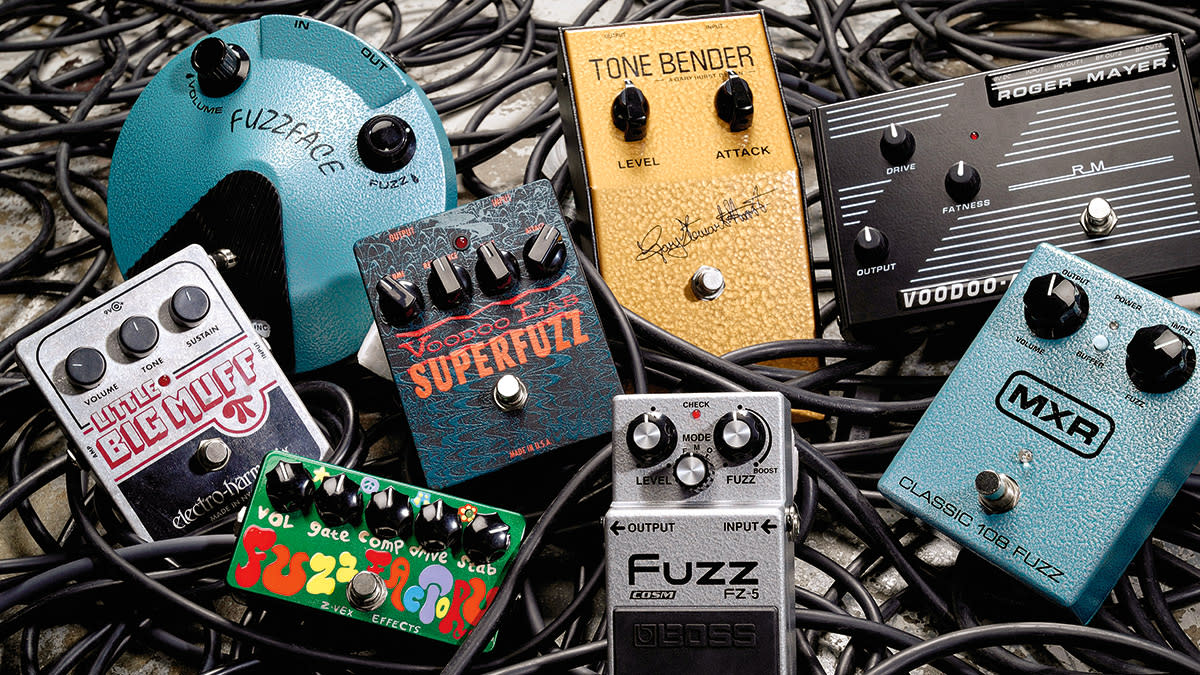
- Oops!Something went wrong.Please try again later.
Most of us are aware of harmonic nodes. You get the strongest one at the 12th fret, which is exactly halfway along the string length. There’s one at the 5th, which is a quarter length and another at the 7th. If you place your finger lightly on a string at the 5th and slowly move your finger towards the nut while picking, you hear a bunch more harmonics of varying intensity.
A low E string resonates at 82Hz in standard tuning, and that’s the fundamental frequency. The sound we actually hear is a combination of the fundamental frequency, which gives the pitch of the note, combined with all those upper harmonics that provide the timbre or tonal characteristics.
The fundamental frequency is always the loudest, and the harmonic overtones get progressively lower in level relative to the fundamental. This is true of acoustic and ‘clean’ electric guitars, but that balance shifts as electronics begin to clip.
When valves or transistors are pushed beyond their amplification limit, the peak of the loudest part of the signal is chopped off – hence the term ‘clipping’. The fundamental frequency gets clipped first, followed by the next loudest overtone and so on, making the harmonics louder in relation to the fundamental.
In most tube amps, this clipping is fairly soft and we associate it with overdrive. Fuzz clipping is harder and more abrupt, and when taken to the extreme the harmonic overtones and fundamental frequency level out and the sound becomes saturated with harmonics. If you observe a fuzzed-up guitar signal on an oscilloscope, it actually looks like a square wave.
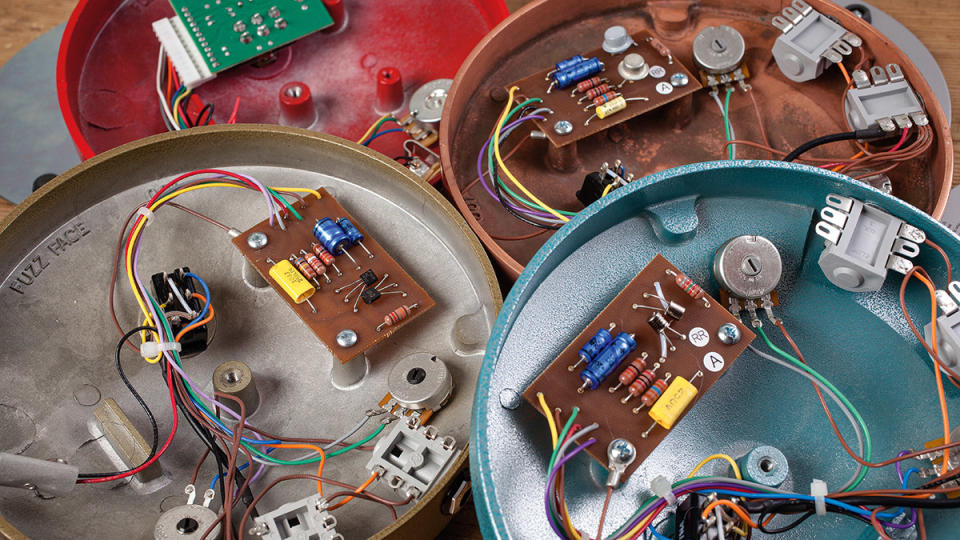
Broken record
In 1960, Grady Martin was playing a Danelectro six-string bass on country artist Marty Robbins’ track Don’t Worry. He was plugged directly into the valve desk at Quonset Hut Studio in Nashville when one of the channel’s transformers started to fail.
This created an oddly distorted tone, which ended up being featured on a solo. The song became a hit, and soon after Nancy Sinatra booked a session requesting the same sound. By that time the transformer had stopped working altogether, but working with his friend Revis Hobb, the studio’s engineer Glenn Snoddy was able to simulate the effect using a transistor circuit.
They approached Gibson with their circuit and in February 1962 it first appeared as an onboard fuzz effect in the EB-0F bass. The same year, Gibson introduced a wedge-shaped floor pedal version called the Maestro Fuzz-Tone FZ-1. It was fairly unsuccessful, and after an initial production run of five thousand units, sales almost completely dried up.
However, in 1965 Keith Richard used one for the main riff when recording (I Can’t Get No) Satisfaction at Chess Studios in Chicago. He initially conceived the part as a horn line and employed the FZ-1 simply to create a more horn-like sound, but the fuzzy guitar made the final cut – and the rest is history.
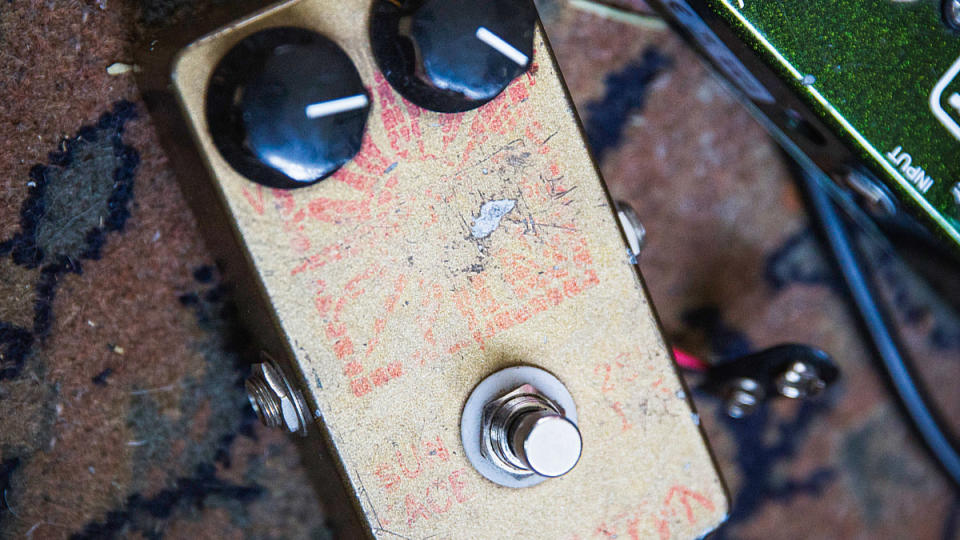
Sola Power
It’s doubtful that Keith ever used a fuzzbox again, but everybody else wanted one, and Gibson was soon selling FZ-1s in their tens of thousands. American players were slower on the uptake than British guitarists, who had already been experimenting with fuzz for a few years. Meanwhile, bespoke pedal builders were starting to develop and refine their own fuzz circuits.
Jimmy Page liked the custom fuzz built by Orville ‘Red’ Rhodes that featured on The Ventures’ 1962 track The 2,000 Pound Bee, and in 1964 he asked an Admiralty-trained electronics engineer called Roger Mayer for a fuzzbox with more sustain than the FZ-1. He wasn’t alone, and Mayer – who later worked closely with Jimi Hendrix – recalls building fuzz boxes for Jeff Beck and studio ace Big Jim Sullivan.
At the time there were no high-gain preamps or even overdrive pedals. Blues and rock players were craving sustain that guitar amplifiers of the era couldn’t provide – even when the inputs were being pummelled with preamps and treble boosters. Mayer reduced the raspiness and smoothed out the decay to achieve more musical and playable fuzz.
Former Vox technician Gary Hurst, began experimenting with fuzz circuits in 1964. Tom Jennings of Vox wasn’t interested in his design so Hurst teamed up with the Macari brothers in Denmark Street to manufacture and market it. The three-transistor Sola Sound Tone Bender Mk I was released in 1965 and it may be the first pedal to be powered by a nine-volt battery.
It was a huge success and featured on Keep On Running by The Spencer Davis Group, The Beatles’ Rubber Soul and The Yardbirds’ Heart Full of Soul with Jeff Beck. Mick Ronson used a Mk I Tone Bender throughout his years with David Bowie.
In 1966 a transitional Tone Bender, later nicknamed the Mk 1.5, was introduced with a new two-transistor circuit. In addition to the Sola Sound model, there were OEM Mk IIs rebranded by Dallas and Rotosound. The Mk II Tone Bender was back up to a full complement of three transistors and is most famous as Jimmy Page’s fuzz of choice during his time with The Yardbirds and early Led Zeppelin.
A Mk III version arrived in 1968, featuring a different circuit and an added tone control, followed by a Mk IV version with jazzier paintwork that remained in production until 1976. Vintage examples are rare and expensive, but Macaris now offers a range of authentic reissues under the Sola Sound brand.
Fab Faces
Although the Mk 1.5 was short lived, the hugely important Fuzz Face was essentially a tweaked version of the same circuit. Arbiter Electronics began Fuzz Face production in 1966 using NKT 275 PNP germanium transistors. Although NKT 275s can sound wonderful, they are notoriously erratic. Arbiter merged with Dallas Electronics Ltd, and by the end of 1968 Fuzz Faces were being made with more consistent NPN silicon transistors.
Consequently, not all vintage Fuzz Faces sound the same and particularly fine examples can fetch eye-watering prices. Some prefer the earlier germanium versions for the warmer and fatter sound associated with Hendrix’s recordings up to and including Are You Experienced. The silicon Fuzz Faces he used subsequently tend to sound more cutting and have longer sustain, with Gilmour’s work on Dark Side of the Moon also showcasing that tone.
Clearly, Hendrix felt that Fuzz Faces could be improved and he asked Roger Mayer to check out a really good-sounding example. Mayer analysed the circuit and devised ways to improve reliability and consistency. He also tweaked Fuzz Faces to achieve tonal characteristics that Hendrix requested and subsequently created his own production versions based on the pedals he had modified.
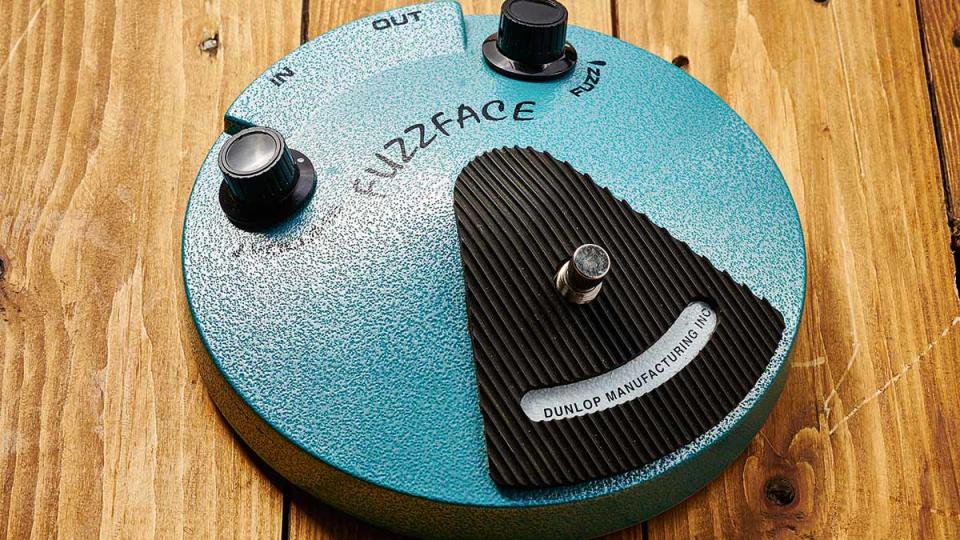
One of the most enjoyable characteristics of good-sounding Fuzz Face pedals is the way they clean up when you back off your guitar volume. With a Strat, you get a clear and glassy tone with a hint of grit around the edges that you will recognise from Hendrix recordings.
Some of the inconsistency, particularly with vintage germanium versions of them, comes from improper biasing. Fuzz Face transistors were never individually ‘tuned’ and the manufacturer took a ‘one size fits all’ approach to bias resistors. Still, you can dial in Fuzz Face circuits to optimise tone by replacing bias resistors with trim pots. Modern boutique manufacturers will also batch-test transistors and reject those that are leaky or do not operate within a suitable gain range.
It’s also important to note that most germanium fuzz pedals cannot share a power supply with modern pedals unless the outputs are electronically isolated. Voodoo Labs’ Pedal Power is a germanium-friendly supply with adjustable ‘sag’ outputs that simulate the run-down battery effect that some prefer with fuzz.
Spaghetti noodles & Pi
Not to be outdone by the Brits, US builder Mosrite introduced the Fuzzrite around 1966. This pedal featured on Iron Butterfly’s In A Gadda Da Vida and it’s widely believed to be the fuzz used on Sergio Leone’s Spaghetti Western themes.
Japanese manufacturer Shin-ei created the Super Fuzz, which generated an upper octave overtone, and you can hear Pete Townshend using one on The Who’s Live At Leeds.
As the 1960s progressed, fuzz fashions gradually changed from raspy and percussive to smooth and sustaining. The pedal that best exemplifies this type of fuzz is probably the Electro-Harmonix Big Muff, which features four transistors to max out saturation and sustain. The final transistor in the signal path is actually used for make-up gain to compensate for the sheer amount of squish. There are several versions of the Big Muff, with each type having its own tonal characteristics, but all feature the Pi symbol.
Highlights include the ‘Triangle’ version, as used by Santana, and the ‘Ram’s Head’ that Gilmour favoured for Animals and The Wall and that J Mascis of Dinosaur Jr has used throughout his career (and now has his very own version).
John Frusciante, Jack White and The Edge are fans of the first ‘Red and Black’ model, with Billy Corgan choosing the later op-amp type. Then there are a bunch of different versions that were manufactured in Russia with a more military aesthetic.
Fuzz fetishising
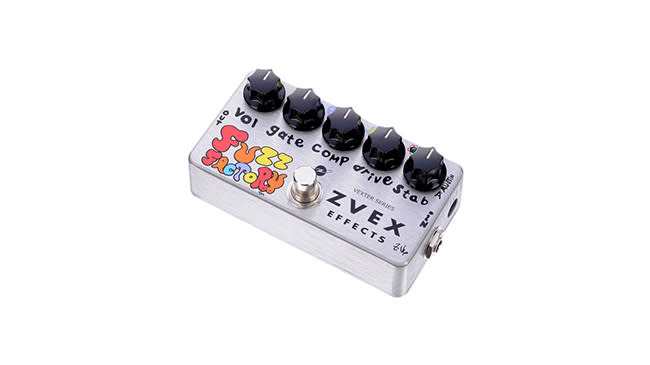
If you’re in the market for a fuzzbox, there is ample choice. Some are neurotically accurate replicas featuring vintage components, relic’d packaging and Instagram-friendly wiring. Others are based on classic circuits, with tone optimisation a greater priority than retro looks.
Pedals such as the Z.Vex Fuzz Factory have become modern classics and feature additional controls for the widest possible range of tones. There are also scaled-down versions of various vintage pedals that are far more pedalboard friendly.
Analog Man’s Sun Face fuzz boxes come with a wide variety of fully tested vintage transistors. And if you can’t decide between germanium and silicon, pedals including the DanDrive Austin Pride and Spaceman Effects Gemini IV Dual Fuzz Generator offer both in a single enclosure to be used individually or in combination.
Finally, fuzz circuits are a great way to get into your own pedal building. Most are very straightforward, so you can either build them from scratch or buy quality kits from companies such as Build Your Own Clone, FuzzDog, Jeds Peds and Five Cats.

